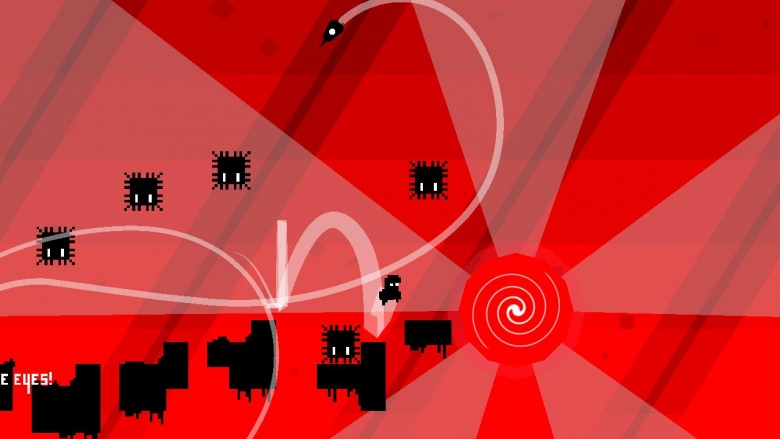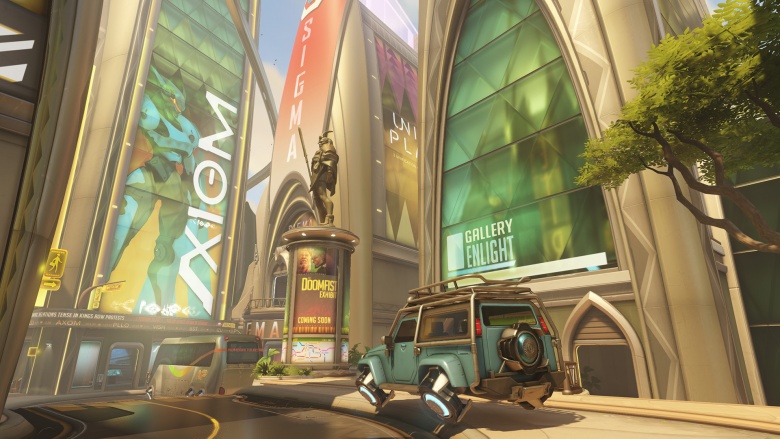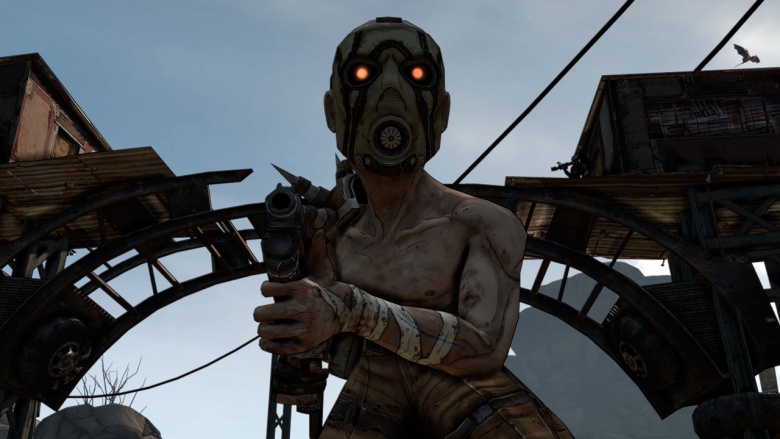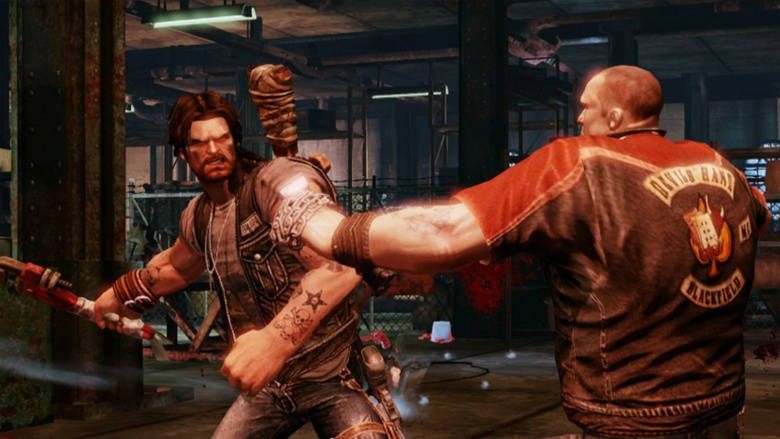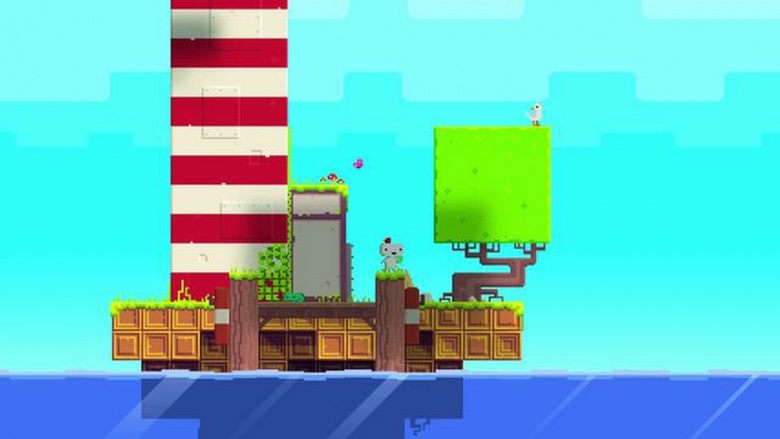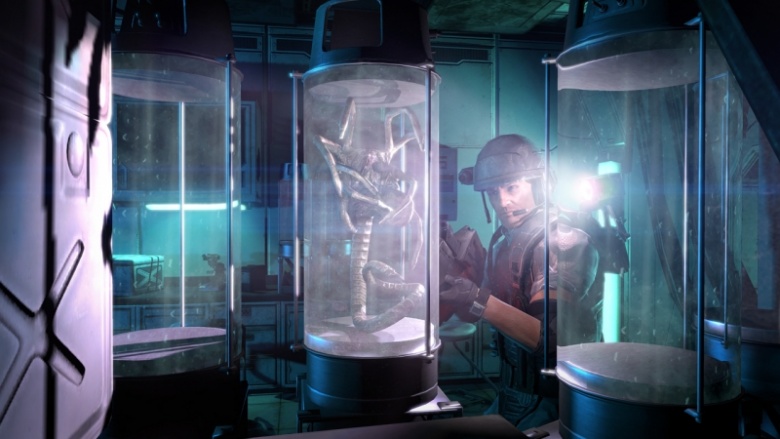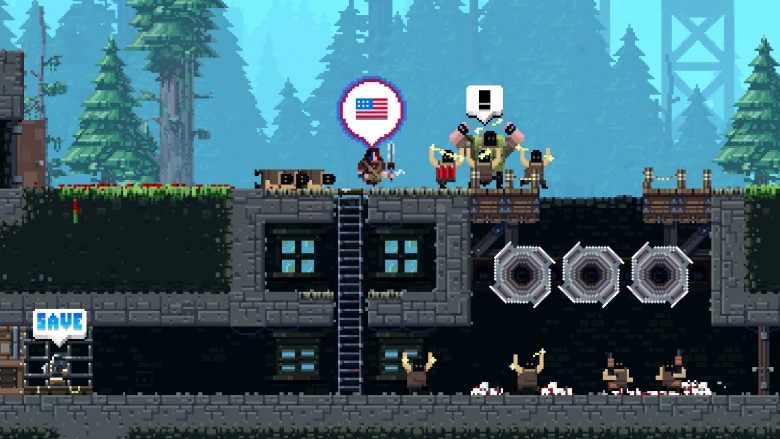Video Games That Almost Made The Devs Quit
Lots of things need to come together for a game to exist. Devs must reckon with long hours on little sleep, looming deadlines, short-notice budgetary changes, shape-shifting expectations from publishers and investors, intense consultations with QA, documentation woes, IP disputes, confusion about the different roles of UX and UI, hard-to-please reviewers, and harder-to-please fans. With so much at stake and so much more that could go wrong, game development can be a soul-crushing endeavor at times.
Remember, this is an industry in which just four percent of games that enter production turn a profit. If you are a game developer, there is a 96 percent chance that your current project will not cover development and distribution costs—if it gets released at all. At its worst, the arduous process is enough to make the most steadfast developer consider walking away. Here's a list of games—AAA and indie, travesties and masterpieces—that made devs want to quit.
Electronic Super Joy
Electronic Super Joy is a difficult, beat-dropping platformer with tight controls and addictive gameplay, a masterpiece of design and implementation by developer Michael Todd. Even so, like too many of his fellow indie devs, he periodically lost faith in himself during the development process. The pressure on indie devs is real.
For all the trouble that AAA studios encounter in the course of making a game, indies must deal with even more occupational hazards. Todd has given talks (link contains mild NSFW language) about how indie devs can stay productive (and healthy) while depressed; during a talk he gave at GDC 2011, he connected indie devs' productivity to the stability of their moods, saying, "It is important for me [as a developer] to be happy and enjoying my work on a day-to-day basis."
Todd's strongest point is that developers should design games to suit their abilities, and the games that cause the most frustration for devs tend to be the titles that "do not know what they want to be," so to speak. Whether it comes from a last-minute change of art direction, an interpersonal disagreement, a sudden turn from open-world to linear gameplay midway through the project, or simply an unexpected loss of funding, this sort of project-level identity crisis can be paralyzing for designers. For his part, Todd recognizes that there is not always a simple fix for the developer's blues.
Titan (unreleased)
If anyone knows MMOs, it's Blizzard, the developer behind the quintessential MMO, World of Warcraft. By the same token, if the gaming industry is such that Blizzard can fail to deliver on an MMO's promise, you truly know nothing is certain.
Titan was Blizzard's planned non-Warcraft MMO, envisioned as something like a kooky MMO cross between Team Fortress 2 and Destiny, with The Secret World's parallel worlds gimmick thrown in for good measure. Unfortunately, the concept proved to be too ambitious. In the words of Blizzard co-founder and CEO Mike Morhaime, the team "put [the game] through a reevaluation period, and actually, what [they] reevaluated is whether that's the game [Blizzard] really wanted to be making. The answer is no."
Titan wound up in development hell for seven years before it was finally scrapped, but its team didn't quit. The project's assets were used in a little online arena shooter called Overwatch. You might have heard of it. It's kind of a big deal.
Borderlands (2009)
In an industry where there is never enough time to do what needs to be done and where unexpected changes can have huge ramifications, no digital artist wants to redo perfectly good assets. Unfortunately, that's exactly what Gearbox Software's employees had to do before the 2009 release of Borderlands.
In 2006, the game was almost finished, with a snazzy trailer, a surprisingly serious tone, and a semi-realistic art-style. Late in the game's production, the decision was made to revamp the art direction from semi-realistic to, well, Borderlands-style. The reason for the change varies depending upon whom you ask; some in the press have made allegations of plagiarism over similarities between the new aesthetic and that of Ben Hibon's 2006 MTV Films short Codehunters. According to Gearbox, the change was simply a way of differentiating their game from id Software's Rage and Bethesda's Fallout series.
Whomever you choose to believe, the result is the same. People had to go in and painstakingly make the necessary changes to the game's look.
Ride to Hell: Retribution
Eutechnyx's Ride to Hell: Retribution makes Digital Homicide's notoriously bad titles seem palatable. Released in 2013 by Deep Silver and considered one of the worst games ever made, it's a half-finished Road Rash-meets-Mafia II ripoff, and left a blight worse than Sacred 3 on the Saints' Row publisher's otherwise good name.
With that in mind, we turn to this heartbreaking interview with Martin Filipp, developer relations manager for Ride to Hell, the canceled game whose assets were later pillaged to make Ride to Hell: Retribution. He describes something pretty cool: an open-world biker title with a 1960s vibe that follows a jaded Vietnam veteran who joins a motorcycle gang in search of a sense of belonging. It's a shame we never got to play that game.
Ride to Hell: Retribution wasn't just a nightmare for its own designers; it had the potential to threaten the resolve of designers who didn't even work on it. In 2013, Pixel Dash Studios and EQ Games started work on Road Redemption, a modern take on the motorcycle combat of the arcade classic Road Rash. As its pivotal Early Access run got rolling, Road Redemption creator Ian Fisch grew concerned that his game might be confused with that other Road Rash-inspired game.
In an August 2013 dev blog post, which is worth reading in full, Fisch hazards a guess as to how Eutechnyx's game went so wrong. In his estimation, it boiled down to "poor planning, poor scheduling and unfocused design." That said, he wouldn't blame the worker bees for its failings. In the gaming industry, individual designers simply don't have much control over big projects. Fisch goes on to say that "[most] people in the game industry have worked on bad games. It's just a fact of life [for designers]," further compounding Michael Todd's dilemma of the developer's blues.
Whatever went wrong during its development, the released version of Ride to Hell: Retribution was such a disaster that it's been scrubbed from Eutechnyx's official site. Making it couldn't have been much fun for anyone involved.
Fez (2012)
If you watched Indie Game: The Movie, you can't forget the weirdness of Fez dev Phil "Fish" Poisson. According to the film, which was made before the celebrated 2012 release of Fez, he scrapped all of the game's assets on multiple occasions. (Remember the gamble Gearbox made when it changed its art style? Remember how Blizzard held on to Titan's assets after it was canceled? Scrapping assets isn't typical, but Phil Fish isn't a typical dev.) It seems he came close to quitting on a number of occasions while making Fez. Asked what he would do if he couldn't complete the game, he responded, "I will kill myself."
Fez II isn't on this list because it actually did make Fish quit. He didn't just cancel the project, either—he picked a Twitter fight with a journalist and when it didn't go his way, he ragequit the entire industry. With one final hurrah, he declared, "Fez II is canceled... This is as much as I can stomach. This isn't the result of any one thing, but the end of a long, bloody campaign..." For his part, he seems to have learned something from all of this. His current Twitter account's bio reads as a warning to all of us: "NEVER TWEET."
We can at least take comfort in the fact that Poisson didn't quit before completing Fez, which is one of the few games that prizes nonviolence and exploration over kill-count accumulation. At the time, it was the least confrontational game to come out since Animal Crossing. (The sublime Stardew Valley recently usurped that title.) The saga of Fez and its cantankerous creator remains a painfully excellent example of the gaming industry's irony, which is sometimes as just as it can be cruel.
Aliens: Colonial Marines (2013)
Aliens: Colonial Marines is dark and dreary, but the story of its development is even darker and drearier. Gearbox started work on the Sega title in December of 2006; shortly thereafter, they hit the first in a long series of delays. When Aliens: Colonial Marines finally found its way out of development hell in 2013, three other studios—TimeGate, Demiurge, and Nerve—had all put in work on the game, and it showed. Alien: Isolation this was not.
According to an anonymous tipster claiming to work for TimeGate Studios, Gearbox wanted little to do with this non-Borderlands property. The developer enlisted the TimeGate team's help and then allegedly required changes to go through a complicated chain of command before they could be implemented. Gearbox is even accused of going so far as to routinely pull resources away from Aliens: Colonial Marines to be used on Borderlands.
For the smaller operations such as TimeGate, the situation created a tough dilemma: if they abandoned the project, they would likely never get to work with a big name like Sega again. They decided to stay on, a decision that would prove fatal. Shortly after the underwhelming release of Aliens: Colonial Marines, TimeGate fired its personnel, canceled its projects, and filed for bankruptcy. In an unexpected twist, the lackluster game still managed to move 1.31 million units.
The thousands of indie games that never get noticed
You don't need a team of hundreds to make an amazing game. Just have a look at Broforce, Towerfall, Braid, Samurai Gunn, Risk of Rain...the list goes on. That said, if you're an aspiring independent developer, you should understand that these titles are anomalies. Sadly, the vast majority of indie games go unnoticed.
Using free assets, Obvious Turtle Games put together a mildly addictive free-to-play mobile game called Crossy Bridge, only to find out the hard way that free-to-play indie games don't market themselves. "While I hope that someday I will have a success story," writes the developer in this warning to starry-eyed noobs, "mine did not come from my first [game]."
Last updated December 2, 2016, Finally Ants is a mobile game that, according to the Google Play Store, is still in production. Tell that to the hundreds of players who have been charmed by its aesthetic and ambition. We're told that a "textbook [case] of feature-creep" turned this ordinary hex-game into a real challenge for the programmer, who has since "made peace with" the game's daunting code. For the programmer, the knowledge that people enjoy playing his game makes wrangling its code a worthwhile venture.
Lastly, we relate the ill-fated story of Happy Happy Putt Putt, a top-down mini-golf game for mobile. It was the first project for an indie dev who goes by Stralor. There isn't enough space to include Stralor's engaging account of the drama behind the game's demise—just know that at least one half of the two-man development team didn't quit.
"For me, it's a beginning," says the developer, describing an FTL-meets-HAL 9000 solo project called Destination Ares, currently in Early Access on Steam. "I still feel like I'm at the bottom of the hill, but now maybe the boulder will go somewhere when I push." Game development remains Sisyphean in its uphill challenges, but that's no reason to call it quits.


